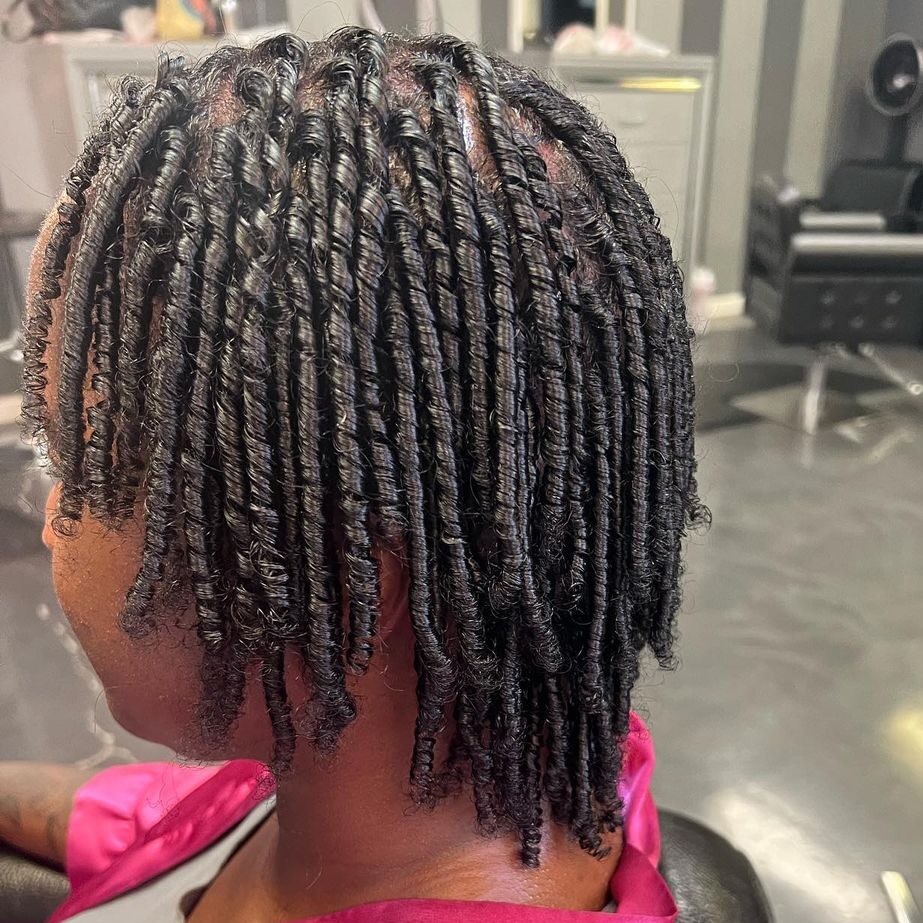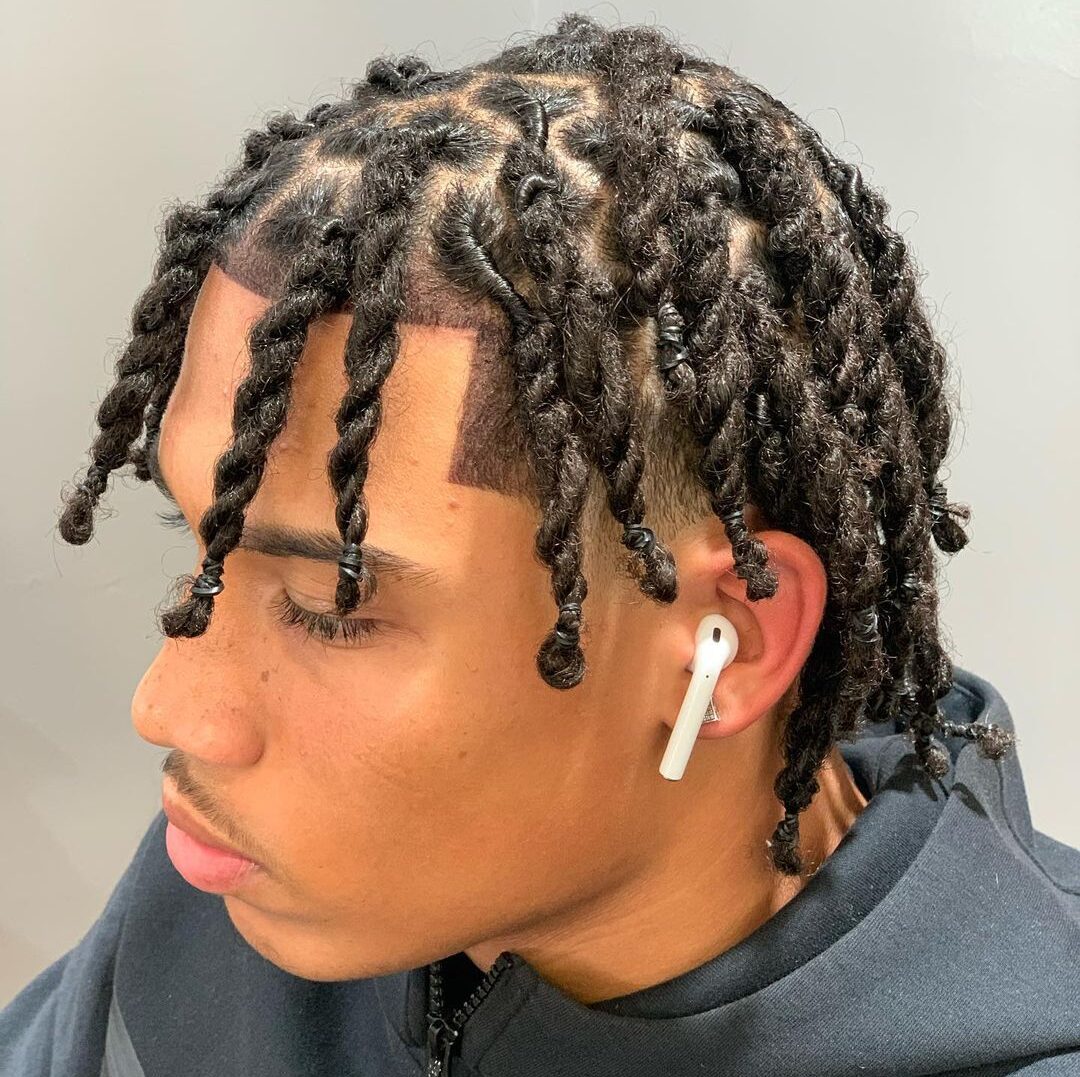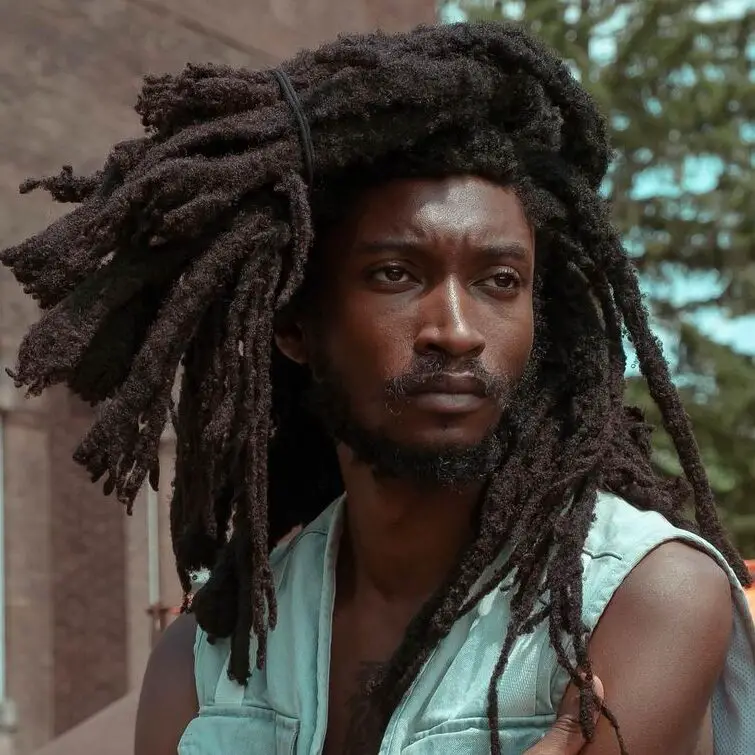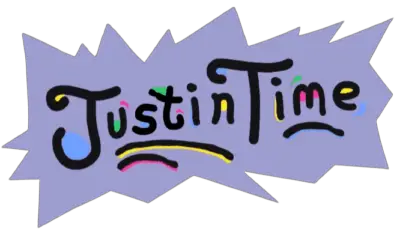If this is your first time on your loc journey, I am sure many of you have a lot of questions even though you may have already completed a ton of research in the form of watching YouTube videos, we will seek to answer everything thoroughly in this blog so no unanswered questions linger in the back of your mind.
One such question is a silky durag or a satin bonnet better for dreadlocks?
There are a few key factors to consider when deciding whether durags, bonnets, or other types of headwear are best for dreadlocks. We will cover the pros and cons of both durags and bonnets when it comes to dreads to help you decide which is better for dreadlocks in order to grow a healthy set of dreadlocks.
Before we begin, please understand that both can be very helpful in protecting your locks. The thing you will learn is when to use each one and you also have to consider what you are trying to accomplish or achieve with respect to your dreadlocks.
Table of Contents
What Are Dreadlocks and What Is the History of Locs?
Dreadlocks are a hairstyle that has been around for centuries. The origins of dreadlocks can be traced back to ancient Egypt, where they were worn by priests and holy men. In more recent history, dreadlocks have been associated with the Rastafarian movement in Jamaica. Dreadlocks are created by tightly twisting and knotting hair. The hair can be natural or synthetic.
4 Most Popular Methods of Getting Dreadlocks
There are a number of different methods for creating dreadlocks. The most popular method is to let the hair grow out naturally and form knots on its own. We will detail this method down below, but it should be noted that this method can take a long time, however, many people prefer to use one of the following methods:
1) Comb and Coil Method for Locs:
This method is done by taking small sections of hair and using a fine-tooth comb to twist the hair into what are known as comb coils. Once the hair is in a coil, clips are applied to the hair to pull it down in the direction that the stylist wants the hair to go in for the locs to form. This is the most traditional way to lock one’s hair and the easiest method that considers manipulation.

2) Two-Strand Twist Method for Locs:
This method involves twisting the hair by taking two strands of sectioned hair and then securing them with a rubber band or other type of hair tie. This process will lead to your hair “locking” over time the longer you maintain the hairstyle which will result in a head of voluminous dreadlocks that will last a long time with proper care.

3) Crochet Method for Locs:
This process involves using a crochet needle to pull sections of hair through itself, creating knots in the process. It can be a little time-consuming, but it’s a popular choice for people who want to DIY their dreadlocks because you can do it to get started or maintain your locs. You can buy a crochet needle online and follow tutorials such as the one below in order to do this process:
4) Free Form Method for Locs:
Whether you’re new to dreadlocks or just looking for a different method, the free-form method might be right for you. This is a way of getting dreadlocks that don’t involve using any kind of product or tool, and it can be done at home with just a few simple steps. Free-form locs are not washed often and as the name states, you let your hair lock on its own without adding too much manipulation to your hair.

Advantages of Durags over Bonnets for Dreadlocks
The main advantage of durags over bonnets is that they are easier to put on and take off. They also stay in place better, making them ideal for activities such as sleeping or exercising. Durags are also more affordable than bonnets. You can find durags made from a variety of materials, including silk, cotton, and polyester. Silk durags are the most expensive, but they are also the most gentle on the hair. Cotton and polyester durags are less expensive but may not be as gentle on the hair.
Durags are mostly made with smooth material, which makes them comfortable. Because you can tie them, it keeps your hair and roots in place. Durags are clutch when you are trying to maintain a fresh retwist! They also can protect against lint and debris. You can wear durags indoors or outdoors and it’s just a look in and of itself kind of like having locks is kind of just a look wearing the durag is just a look because there is a lot of variety meaning there are all different types of durags that you can wear to give you many choices.

Advantages of Bonnets over Durags for Dreadlocks
The main advantage of bonnets over durags is that they provide more coverage for the hair. This can help to protect the hair from damage, such as split ends and breakage. They are also less likely to cause headaches, as they don’t put pressure on the head. Bonnets come in a variety of materials, including satin, silk, and cotton. Silk bonnets are the most expensive, but they are also the most gentle on the hair. Cotton and satin bonnets are less expensive but may not be as gentle on the hair.
Silky satin bonnets are also made of smooth material. They can be very comfortable to wear because they allow your locks to move around versus the durag, which kind of holds everything in place. Bonnets also protect against lint and debris better because all of your hair can be tucked in them.
Just like durags, there are all types of bonnets for you to wear. For example, you can wear reversible bonnets. Some bonnets have an exposed elastic band. I personally do not care for these kinds and I will tell you why a little bit later, but they exist. Then you also have the ones that you can adjust so there are many different types of satin bonnets for dreadlocks.
Disadvantages of Durags over Bonnets for Dreadlocks
Here are a few disadvantages of wearing a durags versus wearing bonnets for dreadlocks. The first one is that you can outgrow it. The longer your hair gets, the less a durag will be able to cover it completely. The second disadvantage is that it keeps your hair pressed to your scalp.
This can affect how your dreadlocks lay and if you are not looking for your hair to be plastered to your scalp in the mornings then this could be a disadvantage for you. The third disadvantage is that if you have a lot of hair it can fall off when you’re sleeping. Lastly, it can leave a line of demarcation on your forehead especially if they are worn too tightly and for too long.
Disadvantages of Bonnets over Durags for Dreadlocks
Now that we have covered the disadvantages of durags for dreadlocks, let’s discuss the disadvantages of wearing a bonnet over a durag. The first con is that bonnets come in sizes that cannot be adjusted, so you can get to a point where you can outgrow them and need to buy larger sizes. Secondly, if you have a bonnet where the elastic band is exposed it can pull on your hairline and lead to traction alopecia.
RELATED: WHAT IS TRACTION ALOPECIA?
The third disadvantage is that bonnets that have thin elastic bands can also leave a line of demarcation on your forehead if it’s too tight or worn for a long time and to be quite honest it’s not really a desirable look for guys. Lastly, bonnets for dreadlocks are not ideal for wearing outside versus durags because they are seen as night-time headwear.
So, which is better for dreadlocks? Durag or Bonnet for Locs?
As I said in the beginning, both the durag and the bonnet can be used to protect your locs. The key is knowing when to use each one and the answer depends on your individual needs and preferences.
If your goal is to maintain a fresh re-twist then obviously you want to go with the durag because you want to keep the roots of your locs in place if you do not want them to frizz up, the satin bonnet will not help you in that area because there’s too much space under the bonnet, so you would need a durag for that sort of thing.
If you need more coverage for your hair, then a bonnet may be a better option. If you want something easier to put on and take off, then a durag may be a better option. One crucial factor is the climate. In hot weather, durags can help keep your dreadlocks moisturized and prevent them from drying out. In cold weather, bonnets can help protect dreadlocks from the elements and prevent them from becoming brittle, which would make them better for dreadlocks.
Another factor to consider is the type of hair. Durags are typically better for dreadlocks if you have kinky or coily hair, while bonnets are better for straight or wavy hair. Finally, it is essential to consider personal preference. Some people find durags more comfortable to wear, while others find bonnets more convenient. Ultimately, the best type of headwear for dreadlocks is the one that works best for you.
If your goal is to protect against lint and debris, I suggest you use silky satin bonnets for dreadlocks. Now you might be thinking “Well the durag can also protect against lint and debris?” This is true but only up to a certain point. Once your locs get too long for the durag, meaning you cannot put them all under your durag, then obviously part of them will be exposed and not protected from lint and debris so a satin bonnet if it’s the right size will be able to fit all your locks the entire length from root to tip.
If your goal is to wear a baseball cap or hat, then I suggest that you use durags for dreadlocks. Once again you are trying to keep everything compressed and in place you want it to be just nice and smooth and compact because you are going to be wearing a fitted cap or hat so obviously the satin bonnet would not work well in that situation because it does not keep your hair close to your scalp.
If your goal is to wear a tam cap, then you may decide to opt to wear a silky satin bonnet because you want to get all of your locks tucked underneath, so that you can put the team cap on. Once you tuck all your locks in the bonnet and put the tam cap over the satin bonnet, your hair will be protected from damage that may be caused by any of the fibers of the tam cap that may be coming from the material it is made with.
Hopefully, you can now see that neither the do-rag nor the satin bonnet can really one-up one another. While there is undeniable overlap in terms of their uses they ultimately serve different purposes. For example, you would never wear a satin bonnet to try to develop 360 waves, right? It is not a matter of which one is better for dreadlocks, but rather which one is needed for your particular situation at that moment, and do not be surprised if it changes with time.
When my locs were shorter, I used the durag more than bonnets for dreadlocks; however, the longer my locs have grown, the more I use a bonnet. One product that I did not mention, but could be used as well is known as the dread sock because it acts like a mixture of a durag and bonnet. If you are a person that gets sick of wearing the same thing, all the time, you may favor switching it up.
Now, I know that after reading this, there are some of you who do not believe you have to cover your dreadlocks every night and that is your own decision. Some people take more pride in the healthy process required to maintain clean and neat locs, while others tend to lean more toward the free-form version. You can choose whatever works best for you based on your preferences, but I say in closing that it is better to protect your locs. See you in the next blog.


